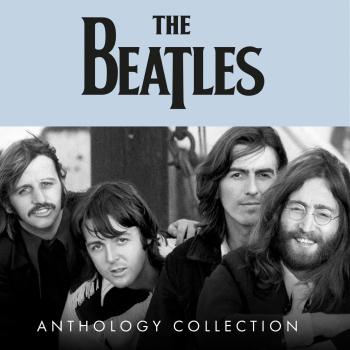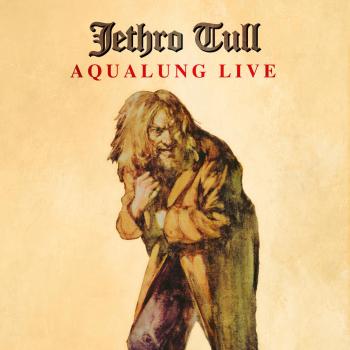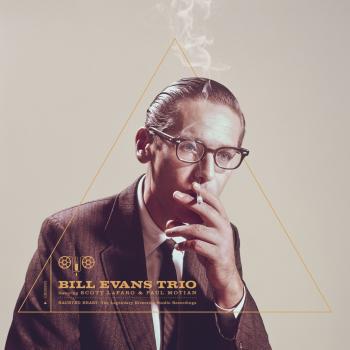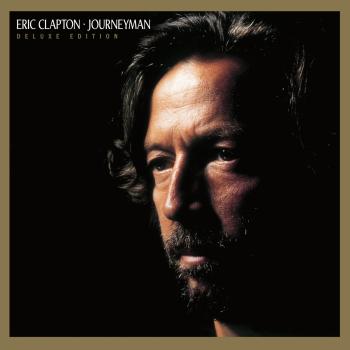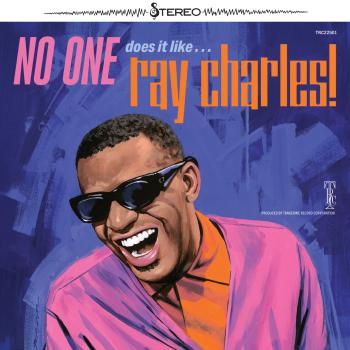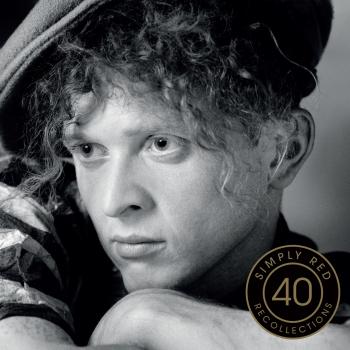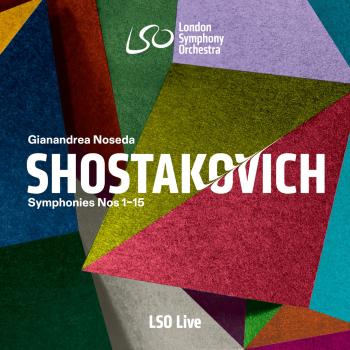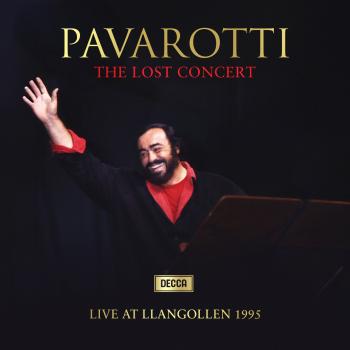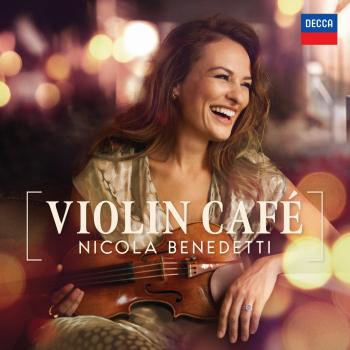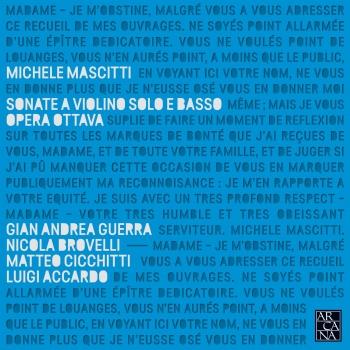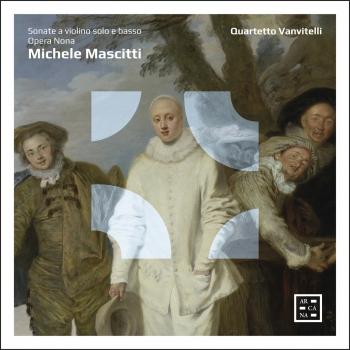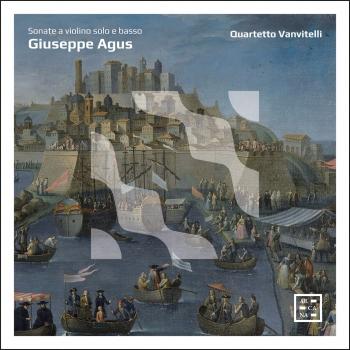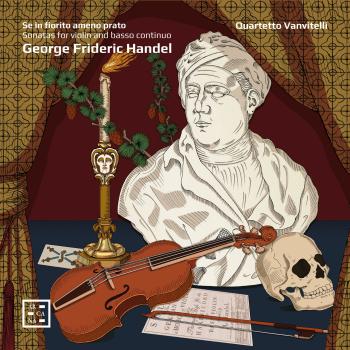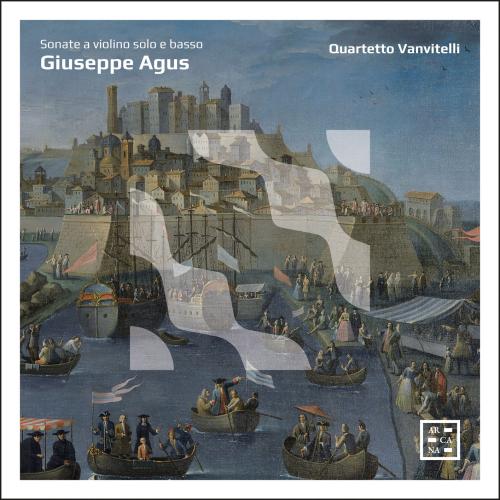
Agus: Sonate a violino solo e basso Quartetto Vanvitelli
Album Info
Album Veröffentlichung:
2022
HRA-Veröffentlichung:
21.10.2022
Label: Arcana
Genre: Classical
Subgenre: Chamber Music
Interpret: Quartetto Vanvitelli
Komponist: Giuseppe Agus (1722–1798)
Das Album enthält Albumcover Booklet (PDF)
- Giuseppe Agus (1722 - 1798): Sonata No. 1 in A Major:
- 1 Agus: Sonata No. 1 in A Major: I. Largo 03:11
- 2 Agus: Sonata No. 1 in A Major: II. Allegro assai 02:27
- 3 Agus: Sonata No. 1 in A Major: III. Andante 04:32
- Sonata No. 2 in B-Flat Major:
- 4 Agus: Sonata No. 2 in B-Flat Major: I. Largo 02:26
- 5 Agus: Sonata No. 2 in B-Flat Major: II. Allegro maestoso 03:19
- 6 Agus: Sonata No. 2 in B-Flat Major: III. Allegro assai 02:11
- Sonata No. 3 in C Major:
- 7 Agus: Sonata No. 3 in C Major: I. Adagio 02:29
- 8 Agus: Sonata No. 3 in C Major: II. Allegro ma non troppo 04:34
- 9 Agus: Sonata No. 3 in C Major: III. Minue 03:10
- Sonata No. 4 in G Major:
- 10 Agus: Sonata No. 4 in G Major: I. Andantino grazzioso 03:23
- 11 Agus: Sonata No. 4 in G Major: II. Allegro maestoso 03:05
- 12 Agus: Sonata No. 4 in G Major: III. Minue 03:09
- Sonata No. 5 in F Major:
- 13 Agus: Sonata No. 5 in F Major: I. Grave 02:58
- 14 Agus: Sonata No. 5 in F Major: II. Allegro ma non troppo 02:38
- 15 Agus: Sonata No. 5 in F Major: III. Andantino grazzioso 01:55
- 16 Agus: Sonata No. 5 in F Major: IV. Presto e con spirito 01:47
- Sonata No. 6 in E Major:
- 17 Agus: Sonata No. 6 in E Major: I. Larghetto 03:05
- 18 Agus: Sonata No. 6 in E Major: II. Allegro 03:35
- 19 Agus: Sonata No. 6 in E Major: III. Tempo di minuetto 05:15
- The Allemands:
- 20 Agus: The Allemands: Allemanda No. 1 in D Major - Allemanda No. 2 in D Major- Allemanda No. 3 in D Major - Allemanda No. 4 in G Major - Allemanda No. 5 in F Major - Allemanda No. 6 in F Major 09:02
Info zu Agus: Sonate a violino solo e basso
Die neapolitanische Schule der Instrumentalmusik im 18. Jahrhundert und ihre Beziehungen zum übrigen Europa stehen im Mittelpunkt der Aktivitäten des Quartetto Vanvitelli. Nach dem großen Erfolg mit dem Werk des aus den Abruzzen stammenden Komponisten Michele Mascitti, wendet sich das Quartett mit Giuseppe Agus (1722 – 1798) nun einem Komponisten und Geiger aus Sardinien zu, der in der zweiten Hälfte des 18. Jahrhunderts in London und Paris erfolgreich war. Wie Mascitti studierte auch Agus in Neapel und lebte ab den späten 1740er Jahren in London, wo er in direktem Kontakt mit den wichtigsten Protagonisten der damaligen englischen Musikszene stand: Georg Friedrich Händel, Thomas Arne und Johann Christian Bach.
Giuseppe Agus war als Geiger in den Theatern und Konzertsälen der englischen Hauptstadt tätig, veröffentlichte diverse Instrumentalwerk und beteiligte sich an Gemeinschaftswerken mit Musik von Händel, Arne und Hasse. Obwohl seine Kunst in London geschätzt wurde, zog Agus in den 1770er Jahren nach Paris, wo er einige Kompositionen veröffentlichte und bis zu seinem Tod im Jahr 1798 am Konservatorium unterrichtete.
Quartetto Vanvitelli
Quartetto Vanvitelli
The Quartetto Vanvitelli, born in 2017, is an Italian Baroque group composed by Gian Andrea Guerra, Nicola Brovelli, Luigi Accardo and Mauro Pinciaroli, musicians with concert activities carried out in the most important festivals of the sector such as Festival Monteverdi, MiTo, Ravenna Festival, Stresa Festiva, Roma Europa Festival, Echi Lontani, Regie Sinfonie, Grandezze e Meraviglie, Anima Mundi.
The Quartet has decided to contribute to the heritage of the baroque music by taking an interest in new music never published, recording two records for the prestigious label Arcana (Outhere Music). The quartet’s work has been enthusiastically received by the main European specialized magazines (Diapason, Musica, Amadeus, BBC Music Magazine, Deutschlandfunk, and many others). The music, the sonatas for violin and basso continuo op.8 and op.9 by Michele Mascitti, represents an idea of the Neapolitan period of the early 18th century in a surprising mix with the French style. The Mascitti sonatas are a happy synthesis of the various stylistic influences, both Italian and transalpine, assimilated by the author in the most diverse environments that have characterized his professional and human life. The melodic gesture that opens the entire collection of opera VIII, accompanied by the bass “passeggiato”, cannot help but remind us that Corelli remained the reference model for the entire compositional work of Mascitti.
In a musical path in which slow and fast movements alternate, dance movements are added or interpolated, but this is not the only pecularity: in fact to the gallant rhythms and cadences, Mascitti however also combines harmonic solutions and movements that evoke characteristics of Neapolitan vocal and instrumental music. Without doubt the role of Mascitti and other Neapolitan musicians, who at the beginning of the eighteenth century conquered the Parisian public, was decisive for the diffusion of Italian music in France and for the development of the French instrumental tradition. Already in 1713 an article on Mercure galant acknowledged its merits, stating, a little emphatically, that “Corelli, Albinoni, Michel [Mascitti] and many others have composed [so- nate] that will remain immortal and that few can equal.”
Booklet für Agus: Sonate a violino solo e basso

